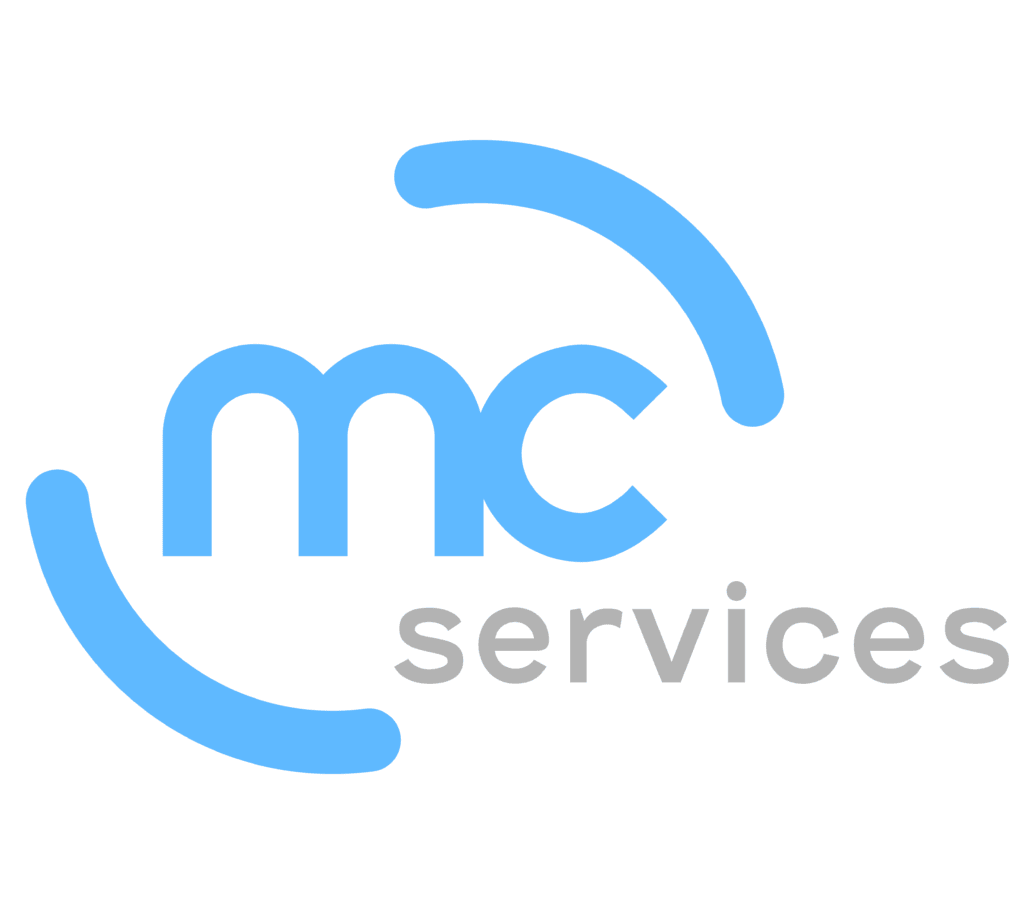Apps frequently exist in multiple versions: a native Mac app, an iPad or iPhone app, and a web app that is accessible in any standard web browser. Each type offers unique advantages. Knowing the benefits will ensure you are ready to use whichever version makes the most sense in any given moment.
Mac Apps
- Possess better-designed, more obvious interfaces that improve the user experience
- Lend themselves to automation through Shortcuts, AppleScript, and Keyboard Maestro
- Work best for processor-intensive, text-heavy, and large-screen tasks
iPad and iPhone Apps
- Give you quick access to functionality away from your desk and on the go
- Offer small-screen touch interfaces that can be superior for some tasks
Web Apps
- Allow access from any computer and from many smartphones
- Link to other web apps using services like IFTTT and Zapier
- Provide instant availability in any web browser without downloads
For any app on which you depend, it is usually best to use the native Mac app on your Mac; the native iOS app on your iPad and iPhone; and the web app when the first two options are not good fits. Web apps are especially helpful when you are away from your Mac and need a complete interface with a keyboard (such that an iPad or iPhone version will not suffice), or when you are having trouble with native app versions but need to get something accomplished.
Below is a list of apps—though far from comprehensive—that run natively on your Apple devices and are also accessible in any standard Web browser, often with almost no loss of functionality or access to stored data. Remember that to use a web app, you will almost always need to log in, so be sure you can obtain any credentials stored in a password manager.
Similarly, if you have been relying solely on a web app, you may find its native Mac or iOS version, which might be faster and smoother. It is also equally worth investigating if your native apps have web versions that you could turn to in a pinch.
Of special note, most IMAP-based email services that you can use in Apple’s Mail also provide access to your stored mail through a web app. Also of note, many of the apps that Apple bundles with macOS, iOS, and iPadOS are also available as web apps at iCloud.com, including Calendar, Contacts, Find My, iCloud Drive, Mail, Notes, Photos, and Reminders.
